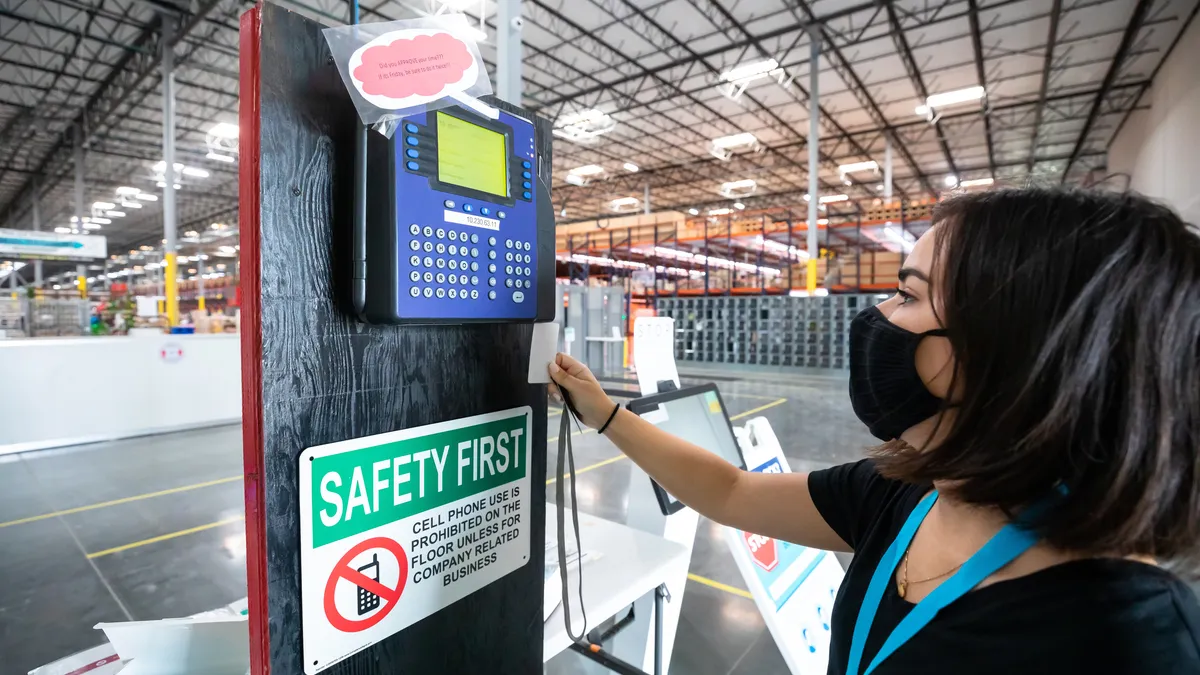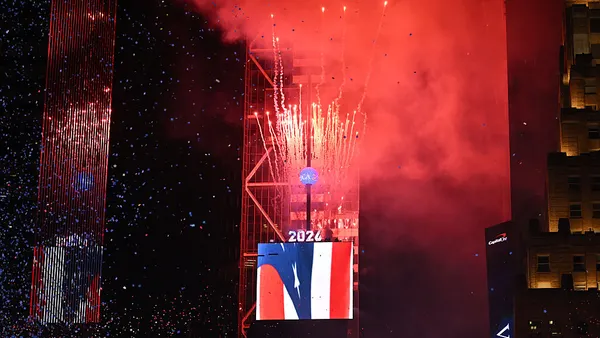Dive Brief:
- A multigenerational workforce fosters innovation and problem-solving, according to 87% of workers in a new Randstad U.S. survey. The Randstad Workmonitor Q2 2018 report also found that even more workers (90%) said they prefer having colleagues of various ages and think a multigenerational workplace benefits everyone.
- The report also found that most respondents preferred an older manager. Eighty-four percent said as long as a manager could inspire and lead a group, age wouldn't matter. But 76% said they preferred their direct manager to have at least a few years on them. Younger workers appeared to see the value older workers bring to the job, as 92% of respondents age 25 to 34 agreed they preferred an older boss.
- Preferred methods of communication differ across the generations, according to 81% of the respondents. More than 38% of workers said they found communicating with coworkers of a different age group difficult. And men (49%) had more difficulty than women (27%) communicating with coworkers from other age groups.
Dive Insight:
The multigenerational office jells with perhaps surprising success, as many reports, including Randstad's survey, have shown. But combining employees of radically different ages and experiences will create challenges, and communication tops the list of tough spots.
To engage with each generation of workers, employers can focus on what drives them. Millennial and Gen Z employees, for example, sometimes eschew voluntary benefits like life and disability insurance, prioritizing tuition reimbursement and commuter benefit plans. For those young workers, immediate concerns are paramount. But before the workplace can situate itself for a diverse set of employees, it will need to make sure its hiring practices avoid stereotyping and appeal to more than one or two age groups.
Generations claim they've always had difficulty communicating with each other, and the problem seems to have persisted. Employers have multiple ways of communicating with workers, and workers with each other, thanks to technology. Finding the medium that resonates best with workers based on their preferences can boost organizational communication. Training in how to communicate with other generations might be necessary if the problem hinders morale or productivity.
In addition to communication woes, the multigenerational workforce will come with legal challenges. The Age Discrimination in Employment Act (ADEA) protects workers age 40 and older from adverse employment actions based on age. Older workers are remaining in the workplace longer, some by choice and others by necessity. For that reason and others, such as higher healthcare coverage for older workers, employers must avoid taking actions that could be perceived as violating the ADEA. The U.S. Equal Employment Opportunity Commission has made enforcing age discrimination law a priority and promises to crack down on employers for noncompliance.









